Counseling Patients on Sunscreen Safety
138291382913829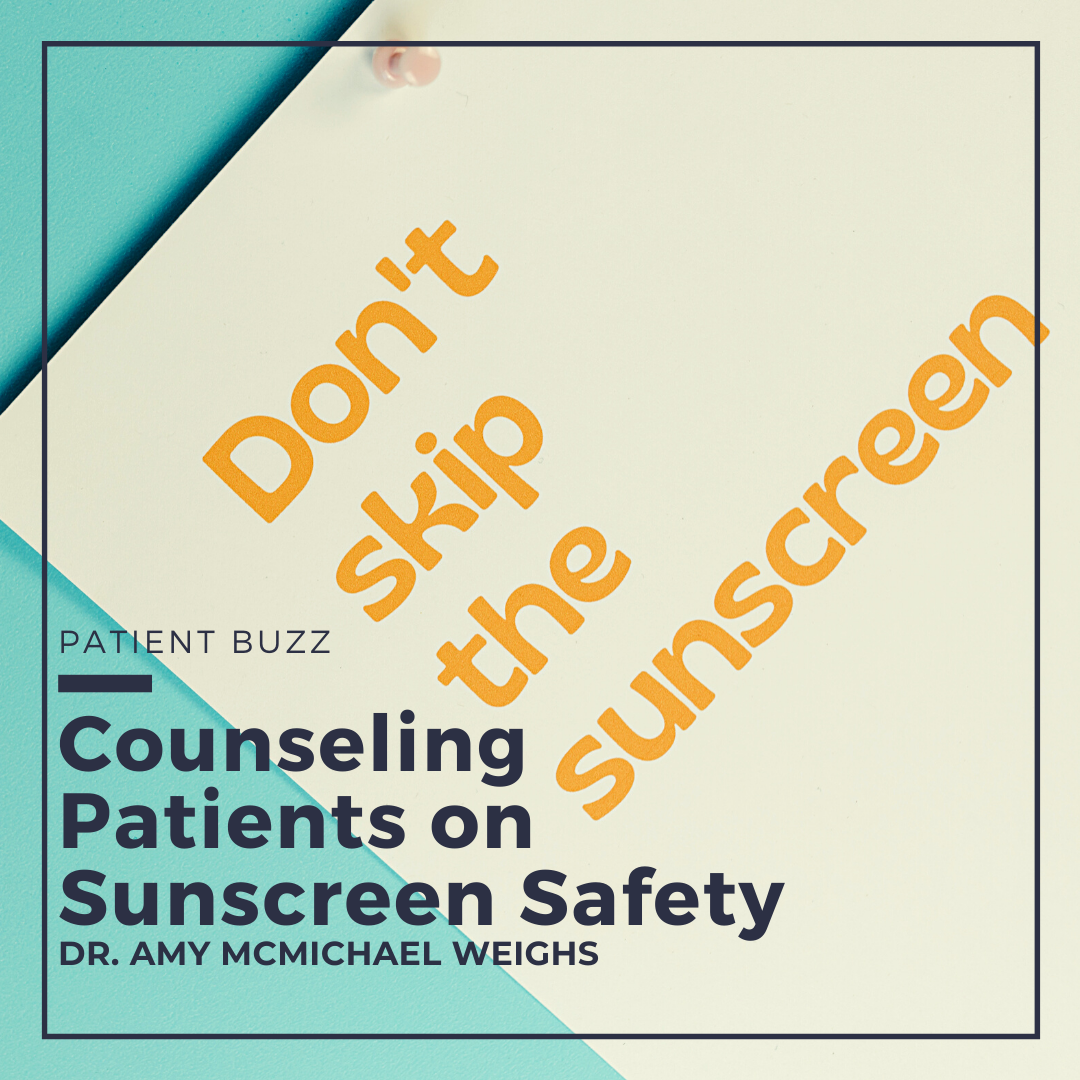 Several media outlets have covered benzene contamination in certain sunscreens, and Johnson & Johnson recently announced a recall of certain sunscreens due to benzene contamination.
Should patients be concerned about the safety of the sunscreens they use, and how should dermatologists answer questions about sunscreen safety?
I consulted two expert dermatologists: Dr. Amy McMichael, pr …
Several media outlets have covered benzene contamination in certain sunscreens, and Johnson & Johnson recently announced a recall of certain sunscreens due to benzene contamination.
Should patients be concerned about the safety of the sunscreens they use, and how should dermatologists answer questions about sunscreen safety?
I consulted two expert dermatologists: Dr. Amy McMichael, pr …
 Several media outlets have covered benzene contamination in certain sunscreens, and Johnson & Johnson recently announced a recall of certain sunscreens due to benzene contamination.
Should patients be concerned about the safety of the sunscreens they use, and how should dermatologists answer questions about sunscreen safety?
I consulted two expert dermatologists: Dr. Amy McMichael, pr …
Several media outlets have covered benzene contamination in certain sunscreens, and Johnson & Johnson recently announced a recall of certain sunscreens due to benzene contamination.
Should patients be concerned about the safety of the sunscreens they use, and how should dermatologists answer questions about sunscreen safety?
I consulted two expert dermatologists: Dr. Amy McMichael, pr … 

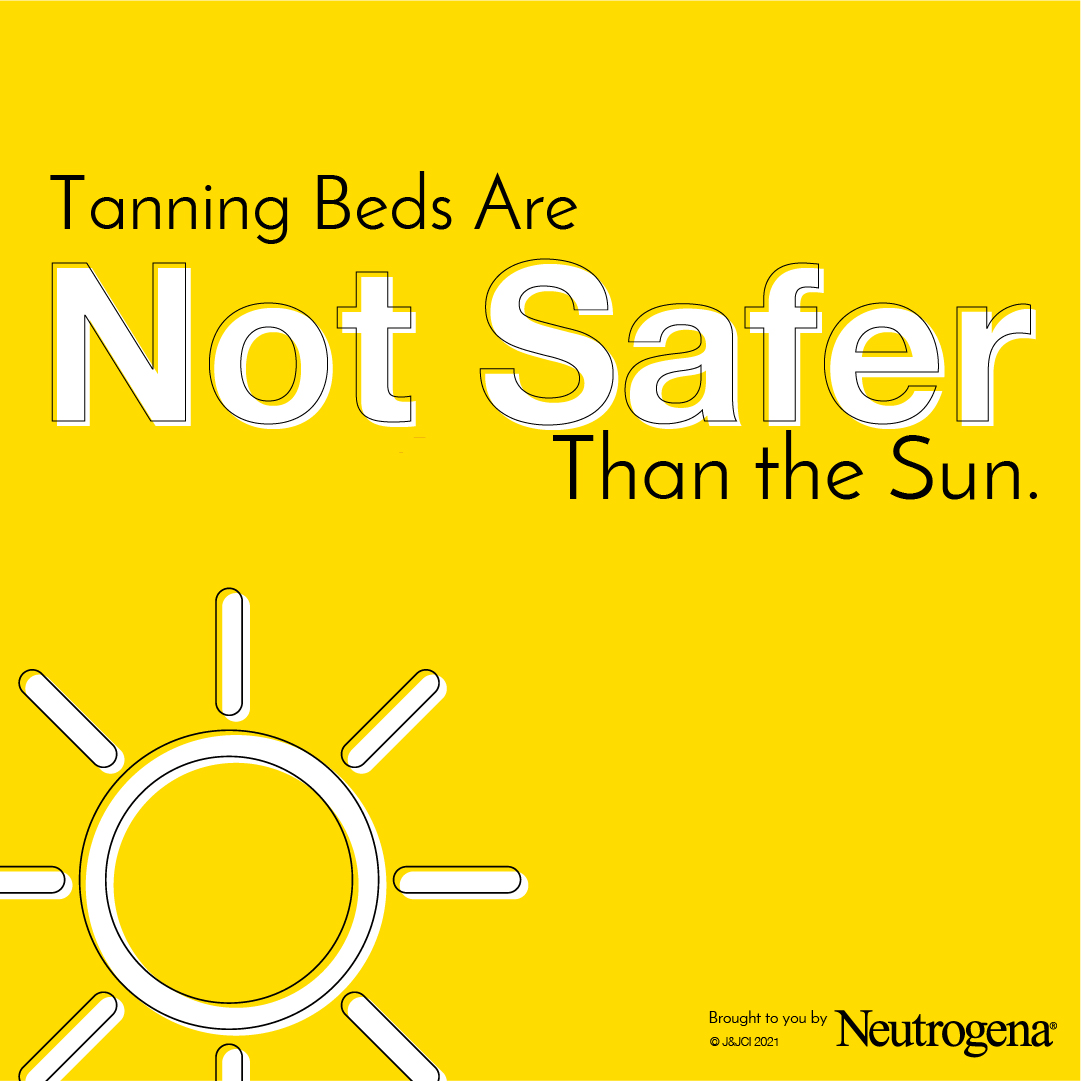 Tanning beds are NOT safer than the sun.1
More than 419,000 cases of skin cancer in the U.S. each year are linked to indoor tanning.2
Melanoma is the second most common cancer in females age 15-29.3
Tanning = DNA injury to your skin4
Skin exposed to UV radiation increases production of melanin to protect the skin from further damage. The increased melanin causing the tan color change is a si …
Tanning beds are NOT safer than the sun.1
More than 419,000 cases of skin cancer in the U.S. each year are linked to indoor tanning.2
Melanoma is the second most common cancer in females age 15-29.3
Tanning = DNA injury to your skin4
Skin exposed to UV radiation increases production of melanin to protect the skin from further damage. The increased melanin causing the tan color change is a si … 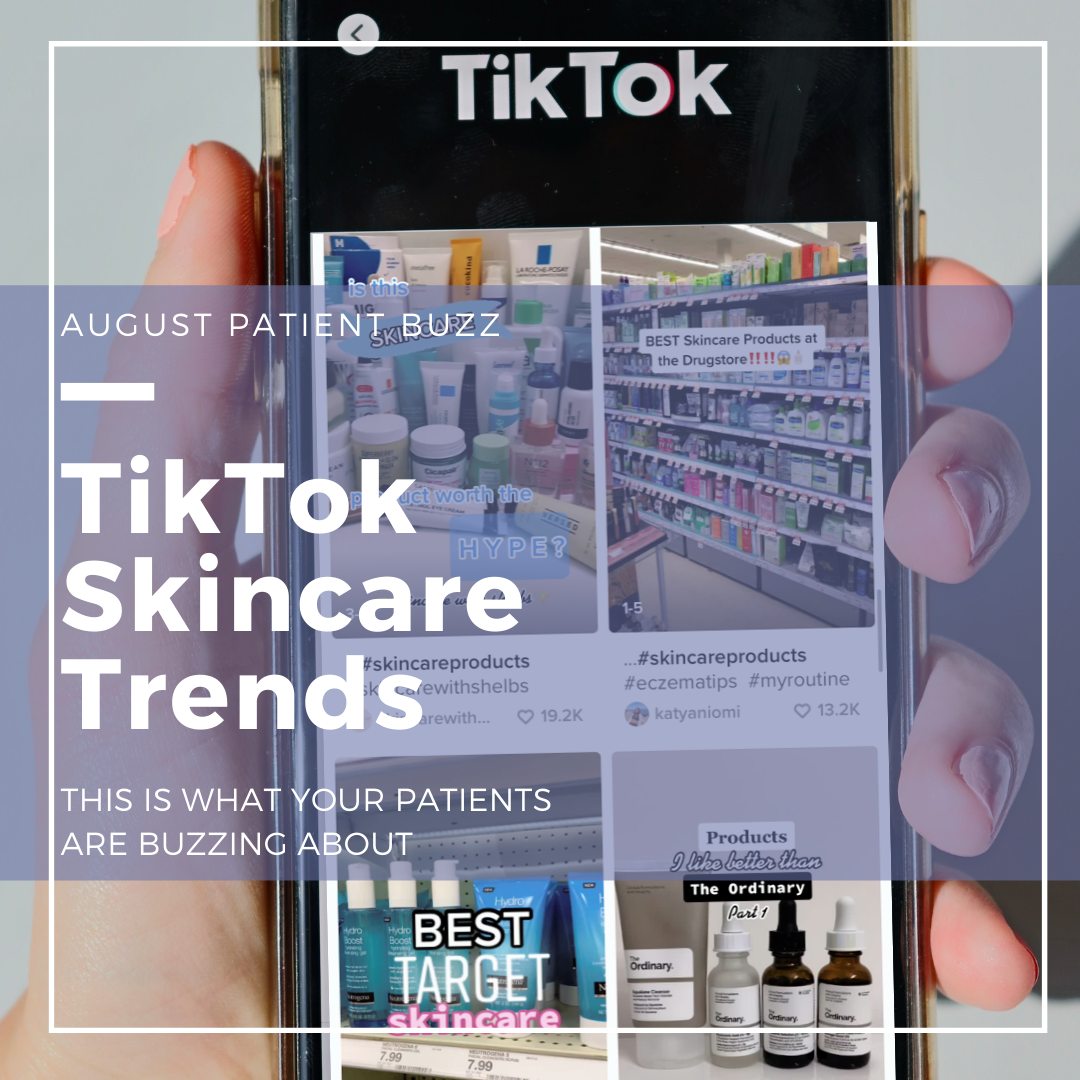 TikTok is the newest medium in which to learn skincare tips, and this month’s Patient Buzz includes several articles that provide a dermatologist’s opinion on the validity of TikTok trends. Can glycolic acid work as deodorant? Can shaving cream soothe a sunburn? Does salt water improve acne?
Read about TikTok skincare trends and other dermatology news from the consumer press and be ready fo …
TikTok is the newest medium in which to learn skincare tips, and this month’s Patient Buzz includes several articles that provide a dermatologist’s opinion on the validity of TikTok trends. Can glycolic acid work as deodorant? Can shaving cream soothe a sunburn? Does salt water improve acne?
Read about TikTok skincare trends and other dermatology news from the consumer press and be ready fo … 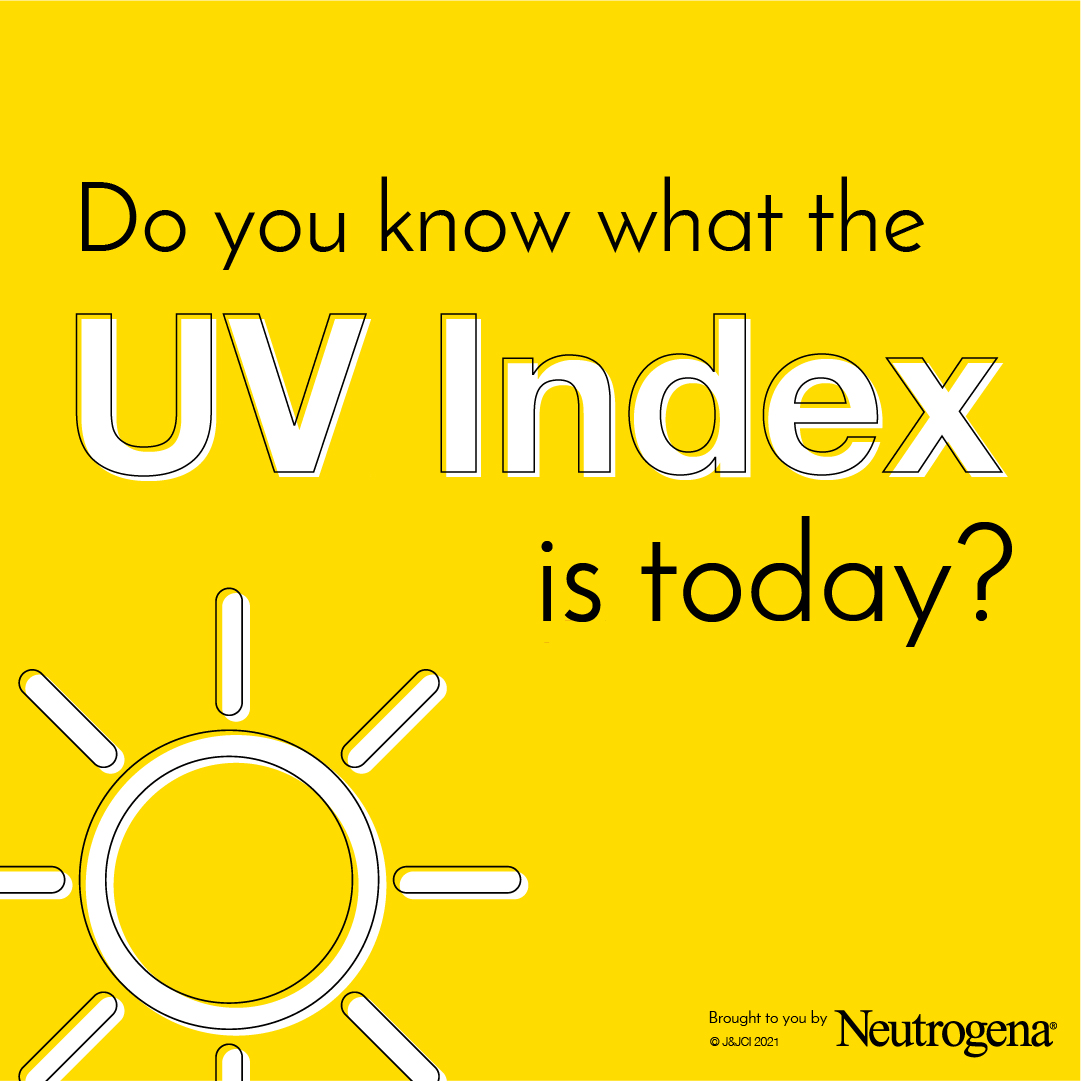 Do you know what your Ultraviolet Index is today?
Ultraviolet index (UV index) is a measure of the strength of the sun’s harmful rays at a particular place and time. The higher the number, the greater the chance of sun damage.1
UV Index was developed by Canadian scientists in 1992 and standardized by the UN’s World Health Organization and World Meteorological Organization in 1994. U …
Do you know what your Ultraviolet Index is today?
Ultraviolet index (UV index) is a measure of the strength of the sun’s harmful rays at a particular place and time. The higher the number, the greater the chance of sun damage.1
UV Index was developed by Canadian scientists in 1992 and standardized by the UN’s World Health Organization and World Meteorological Organization in 1994. U … 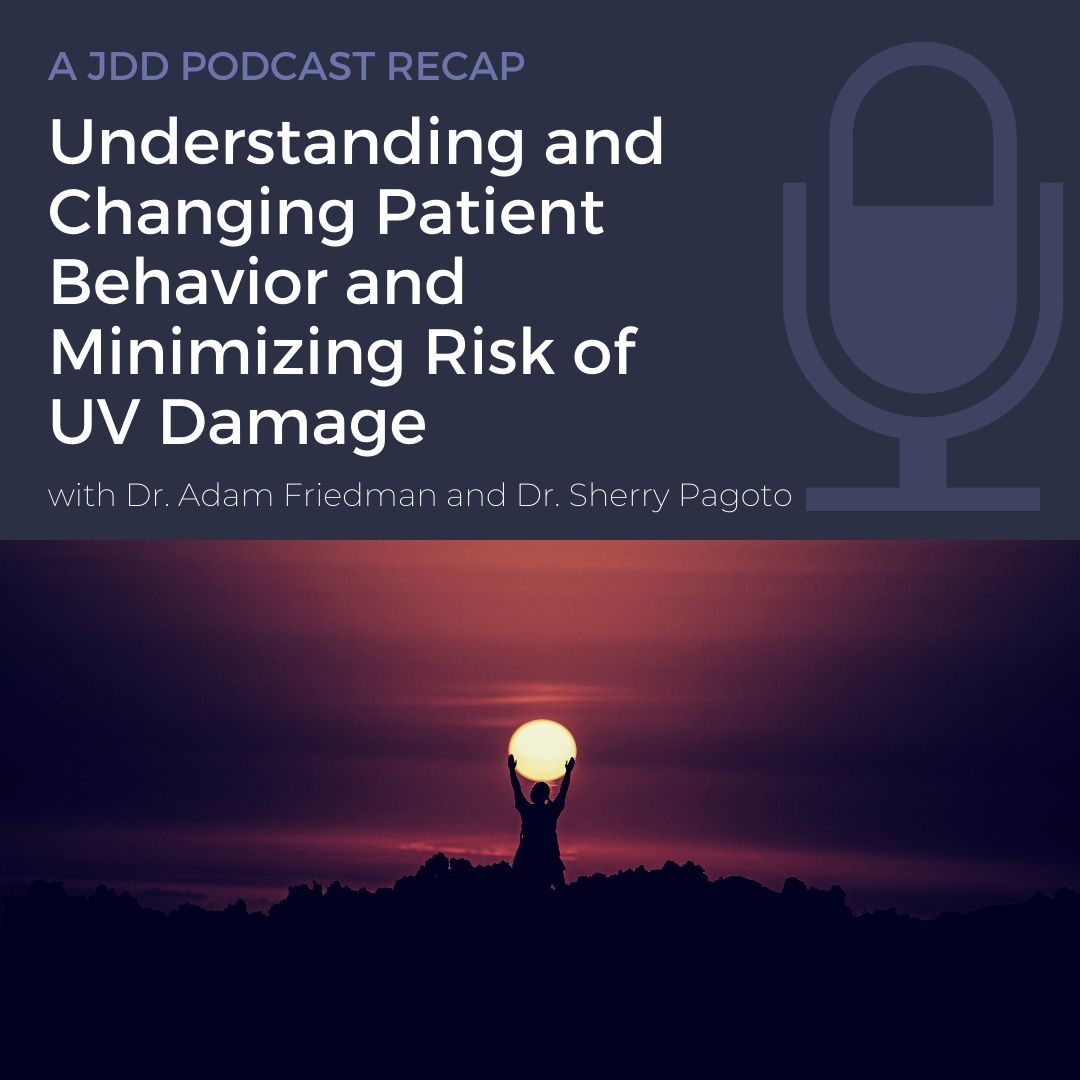 We all discuss sun protection with our patients. At this point, our recommendations are predictable – “avoidance, protective clothing, SPF 30+, broad-spectrum, water-resistant, and reapplication.” But how can we effectively change patient behavior?
Important note – this discussion has wide arching correlations to all areas of human behavior, medicine, and dermatology that spans more th …
We all discuss sun protection with our patients. At this point, our recommendations are predictable – “avoidance, protective clothing, SPF 30+, broad-spectrum, water-resistant, and reapplication.” But how can we effectively change patient behavior?
Important note – this discussion has wide arching correlations to all areas of human behavior, medicine, and dermatology that spans more th …